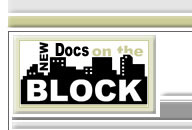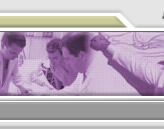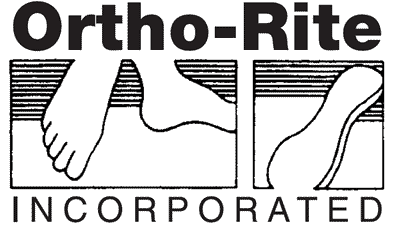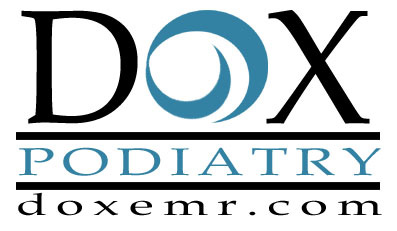



|
Have Your Own Treatment Style
 by Jarrod Shapiro, DPM Joined practice of John K Throckmorton,DPM,PC Lansing, Michigan July 2006 As residents, we spend much of our time absorbing the skills and practice methods of our attendings, sometimes without much choice of our own. Optimally, the way we treat patients should be some combination of didactic understanding, experience, and evidence from the literature. In reality, many of our treatment regimens during residency are more reflections of how our attendings practice. Take clinic, for example. During training I would offer what I thought to be the most appropriate course of action for my patients, but the bottom line in many instances came down to what my attendings wanted to do. Now it�s different. Now, for the most part, I make my own decisions, and I�m creating my own treatment style. As a new physician in practice, I have the opportunity to experiment to a certain degree with my treatment regimens, and determine what works best for my patients. For instance, one of the first components to my treatment of plantar fasciitis is applying a reverse morton�s pad made from � inch felt directly to the bottom of the patient�s foot with athletic tape to hold it on. Patients are instructed to leave this on from 2 to 7 days maximum. I additionally prescribe icing, massage, calf stretches, and shoegear counseling. I�ve experimented by incorporating this pad into a low dye strap with no real difference. Generally, my patients are greatly improved within 2 days, noting a significant difference with this pad. I�m creating my own practice style by staying open-minded and applying current medical theory and evidence. Of course, there are limitations. We can�t do anything we want! Our treatments have to be within reason and a certain standard. We�ve all heard about �standard of care.� This is a legal maneuver to torture unlucky physicians during a lawsuit and has little real utility. We�re all aware that the �standard of care� for a particular disorder varies immensely around the country. The Lapidus bunionectomy is not the most common procedure in Michigan, whereas it is very common in the Northwest and other parts of the country. The only time this term seems to apply is when a doc deviates significantly far from the norm. An open, comminuted, dislocated ankle fracture with vascular compromise in a 20 year-old will almost always be treated with some form of joint realignment and fixation. Deviation from this would under most circumstances be negligent, much less �nonstandard.� Under normal circumstances, though, we have the opportunity in practice to create our own styles. Additionally, keep in mind that when they�re your patients, you have to live with the consequences of your actions! Absorb as many different treatment pathways while you�re a resident, and when you�re in practice, you�ll be the master of your patients� podiatric destinies. Talk to me,
|

















